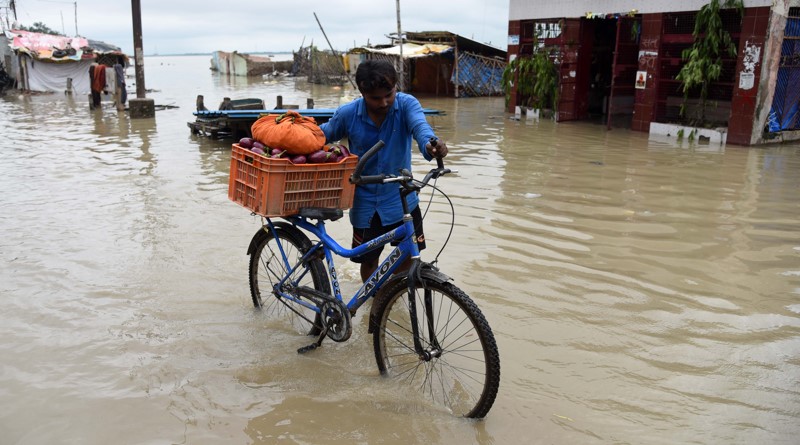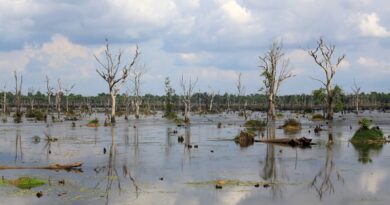Engage, empower communities with SMART warnings to help mitigate risk from floodings

Engaging communities in vulnerable region, particularly in mountainous areas, and empowering them with SMART warning systems could help protect them from devastating risks from flooding, a new study has stated.
Flash floods are becoming frequent and cause huge damage to the lives and property of vulnerable people. But, engaging communities in developing a real-time early warning system could help to reduce the impact of flooding on people and property, particularly in mountainous regions where extreme water events are a ‘wicked’ problem, a team of researchers led by the University of Birmingham, said.
The team believes that using a SMART approach to engage with those living in such areas will help to better signal impending risk from flooding. Also, combining meteorological data with information on how people live and work in such regions, will help disaster risk managers, hydrologists, and engineers design better ways of raising the alarm ahead of major floods.
The team, which recently published its findings in Natural Hazards and Earth System Sciences, was of the view that integrating science, policy and local community-led approaches will help to create environmental decisions that better fit the local context.
“A ‘wicked’ problem is a social or cultural challenge that’s difficult or impossible to solve because of its complex, interconnected nature. We believe that integrating social science and meteorological data will help to identify unknown parts of the puzzle when designing an early warning system”, said co-author of the research study and Postdoctoral Research Fellow at the University of Birmingham Tahmina Yasmin.
“Better engaging with communities and analysing social factors identified by the community at risk – for example, illegal settlement beside riverbanks or slums – will help those driving policy to better understand the risks posed by these hydrometeorological extremes and plan flood response and mitigation which provides communities with improved protection.”
The researchers say that using a SMART approach helps policy makers to expose communities’ vulnerability and risk, by using a set of fundamental principles:
Shared understanding of risks ensuring every group of people in a community is represented and a wide range of data collection methods are used. Also, monitoring risks and establishing warning systems that build trust and exchange critical risk information – helping to maintain the forecasting system.
The study said awareness should be built through training and capacity development activities which embed understanding of real-time weather and flood alert information.
“Developing community trust in government agencies and tech-focused forecasting, whilst using community-led means of gathering information in data-scarce mountainous regions is critical in protecting vulnerable people. Using this SMART approach to engage communities in developing inclusive and purposeful early warning systems will undoubtedly help to develop capacity, adaptation, and resilience in the face of more extreme water extremes, such as floods and droughts, and increased uncertainty under global change”, said co-author and Professor of Hydrology and UNESCO Chair in Water Sciences at the University of Birmingham David Hannah.



